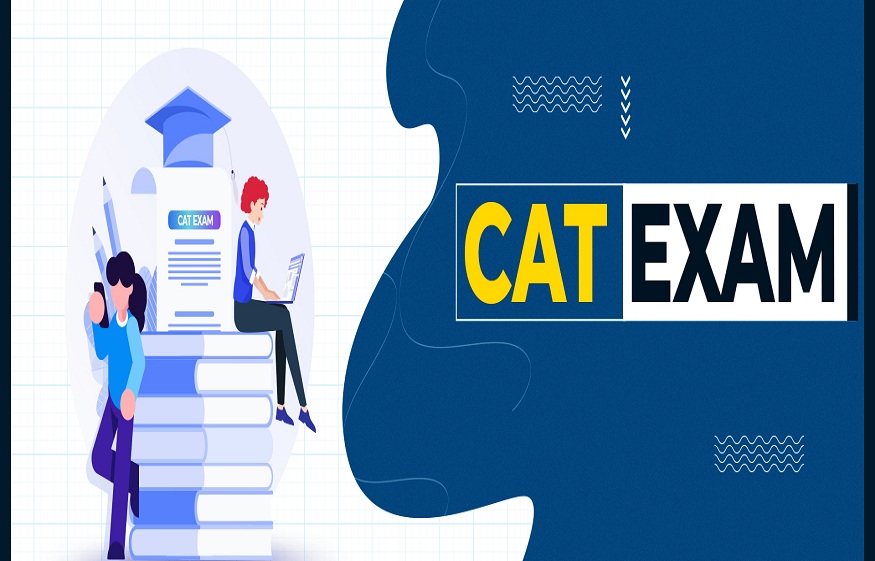The history of America is a colorful tapestry filled with tales of invention, perseverance, and victory. Studying American history with fifth graders provides an engrossing trip through significant occasions, personalities, and ideas that have influenced the country we know today. The rich tale of American history, which spans from the oldest Native American civilizations to the American founding, the Civil War, and beyond, captivates young minds and encourages a deeper understanding of our common heritage. We’ll go on a fifth-grade-level examination of American history in this article, covering key subjects and ideas that make the nation’s history come to life.
Native American Cultures: The First Americans
Read more : CAT Questions | Are There Any Age Restrictions to Appear in CAT?
The rich and varied cultures of the Native American peoples who have inhabited the area for thousands of years predate the entrance of European settlers and provide the foundation of American history. Fifth-graders can study the many Native American tribes, their contributions to American culture, and their rituals and traditions. They can cover subjects including the various areas that Native Americans call home, their languages, homes, and cultural customs, as well as their connections with European explorers and colonists.
Colonial America: The Founding of the Thirteen Colonies
The next chapter in American history unfolds with the establishment of the thirteen British colonies along the eastern seaboard. 5th graders can learn about the reasons for European colonization, including economic opportunities, religious freedom, and the search for new trade routes. They can explore the daily life of colonists, including their homes, jobs, education, and social customs, as well as the impact of colonialism on Native American populations.
The American Revolution: Independence and Freedom
One of the most pivotal moments in American history is the American Revolution, which culminated in the Declaration of Independence and the birth of the United States as a nation. 5th graders can learn about the causes of the American Revolution, including taxation without representation, colonial resistance, and the desire for self-governance. They can explore key events such as the Boston Tea Party, the Battles of Lexington and Concord, and the signing of the Declaration of Independence, as well as the contributions of notable figures like George Washington, Thomas Jefferson, and Benjamin Franklin.
Westward Expansion: Manifest Destiny and the Frontier
The nascent United States of America faced fresh chances and difficulties as it pushed westward. Fifth-graders can study the idea of manifest destiny, which is the conviction that it was America’s destiny to colonize the entire continent, and how it affected both the Native American people and the settlers of the western frontier. They can go into subjects like the Homestead Act, the building of the transcontinental railroad, the Oregon Trail, the California Gold Rush, and the disputes between settlers and Native Americans.
The Civil War: A Nation Divided
The Civil War was a defining moment in American history, pitting the northern states against the southern states in a bitter struggle over issues of slavery, states’ rights, and the future of the Union. 5th graders can learn about the causes of the Civil War, including economic differences between the North and South, the debate over slavery, and the election of Abraham Lincoln. They can explore key battles such as Gettysburg and Antietam, the Emancipation Proclamation, and the surrender at Appomattox Court House, as well as the impact of the Civil War on American society and the lives of ordinary citizens.
Reconstruction and Beyond: Healing the Nation
After the Civil War, the United States faced the monumental task of rebuilding and healing the nation. 5th graders can learn about the period of Reconstruction, during which efforts were made to reunite the country, rebuild the South, and extend civil rights to newly freed slaves. They can explore topics such as the passage of the 13th, 14th, and 15th Amendments, the rise of Jim Crow laws and segregation, and the struggles of African Americans to achieve equality and justice in the post-war South.
Conclusion: A Window into America’s Past
Fifth graders can examine the ideas, people, and events that have influenced the country and its identity by studying American history, which offers them a window into the past. The rich tale of American history, which spans from the formation of the country to the Civil War and beyond, captivates young minds and helps them develop a greater awareness of our common past. Fifth graders get important insights into the struggles and victories of the past, as well as the lessons that may be drawn from them, by studying American history. Together, let’s take an enthralling tour through American history and discover the tales that have molded the country into what it is now.



